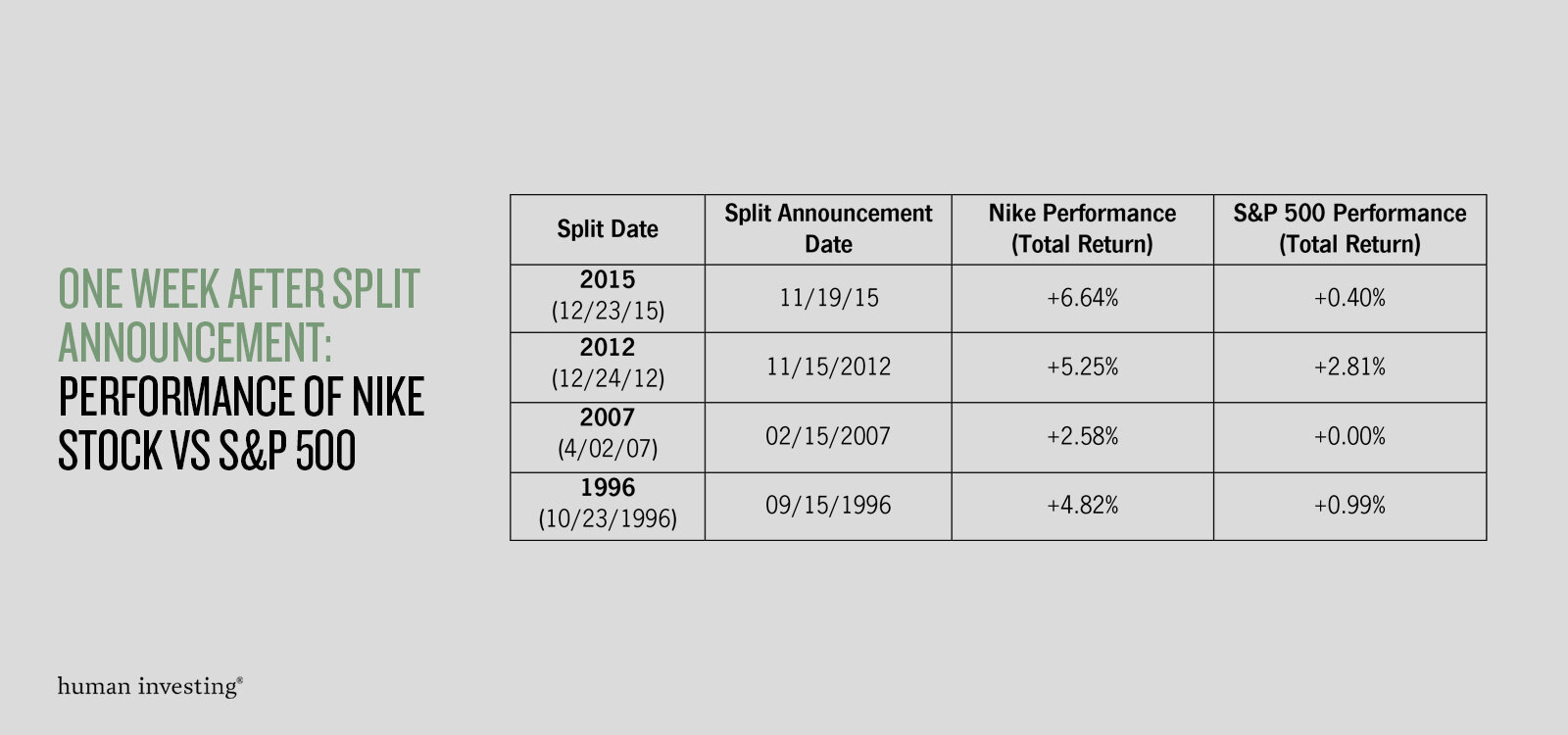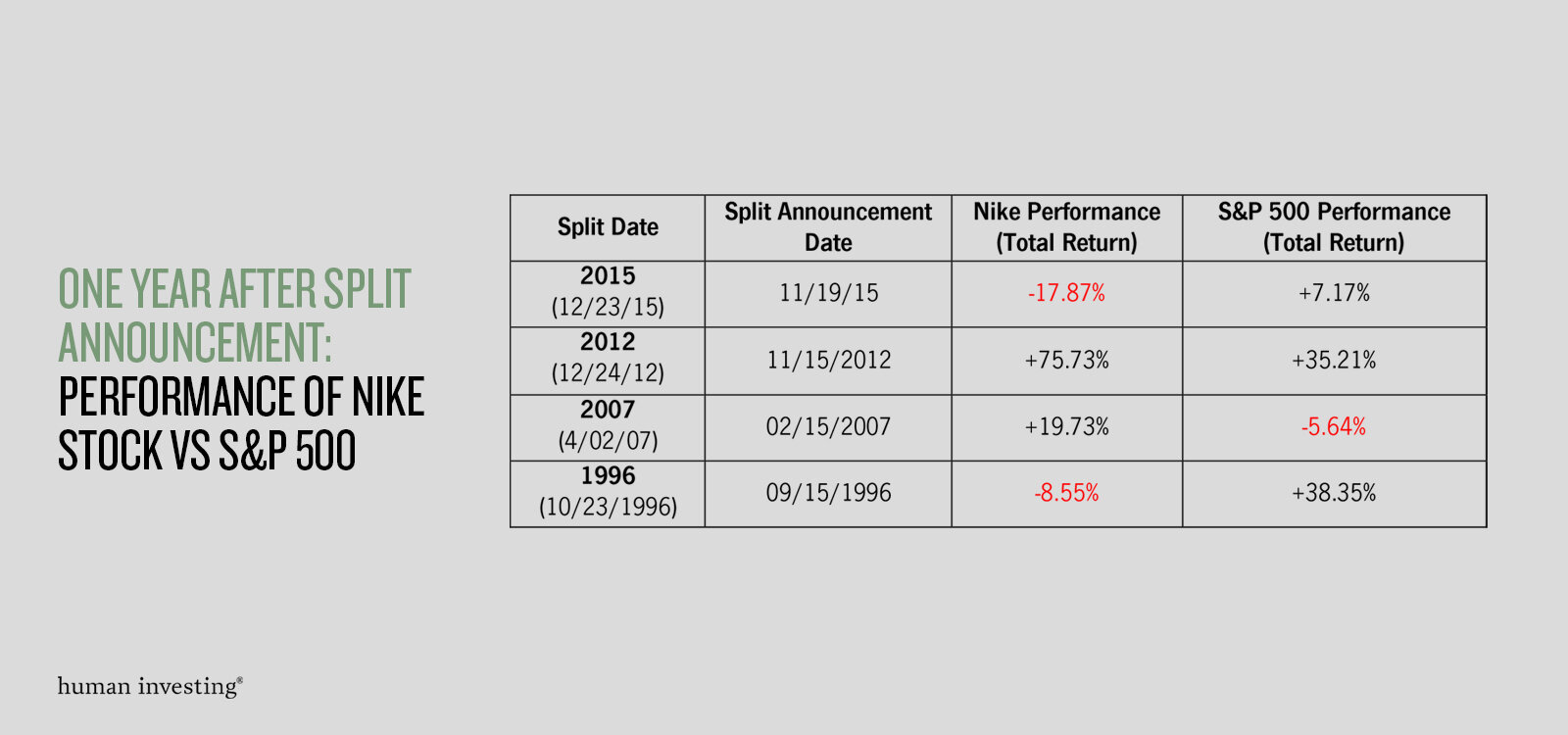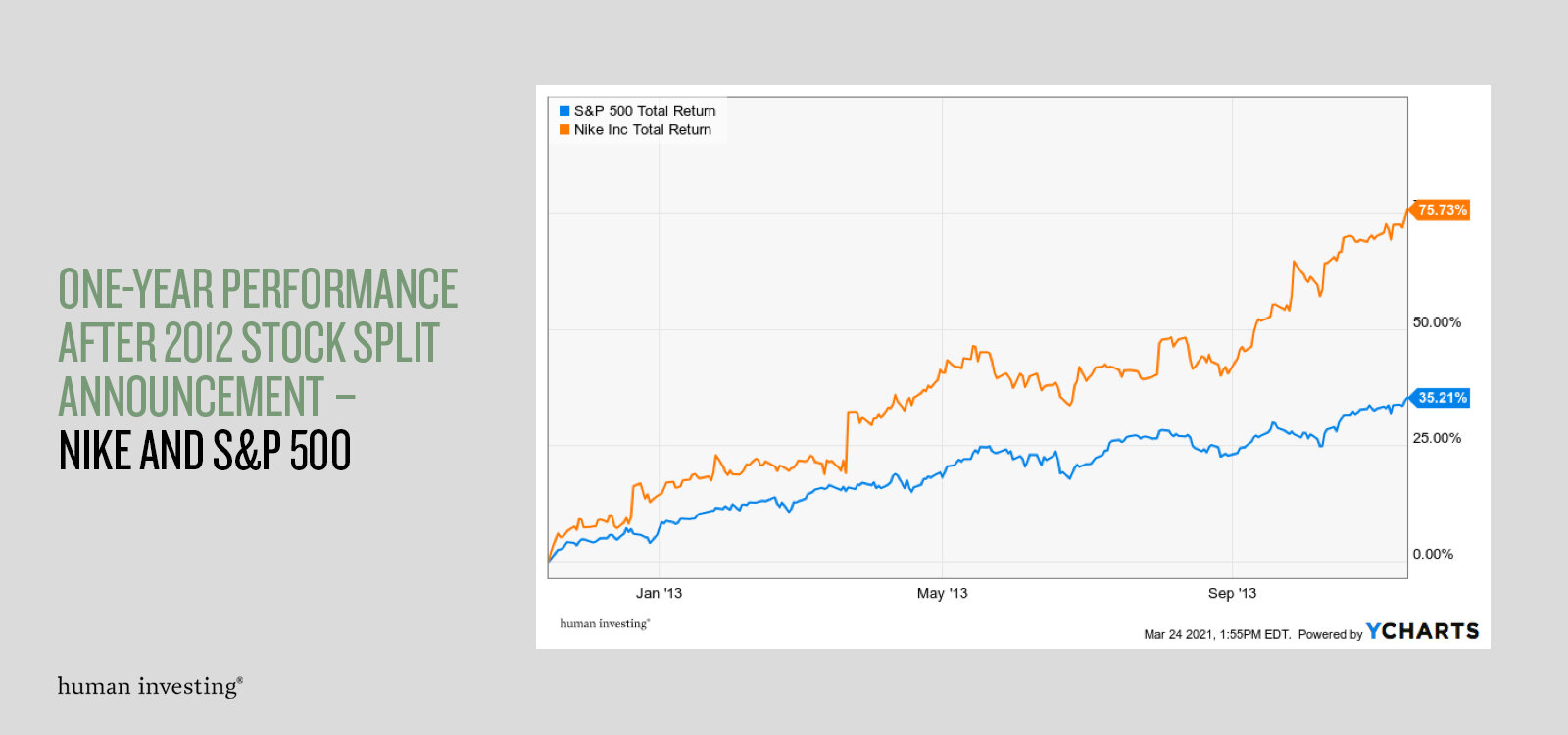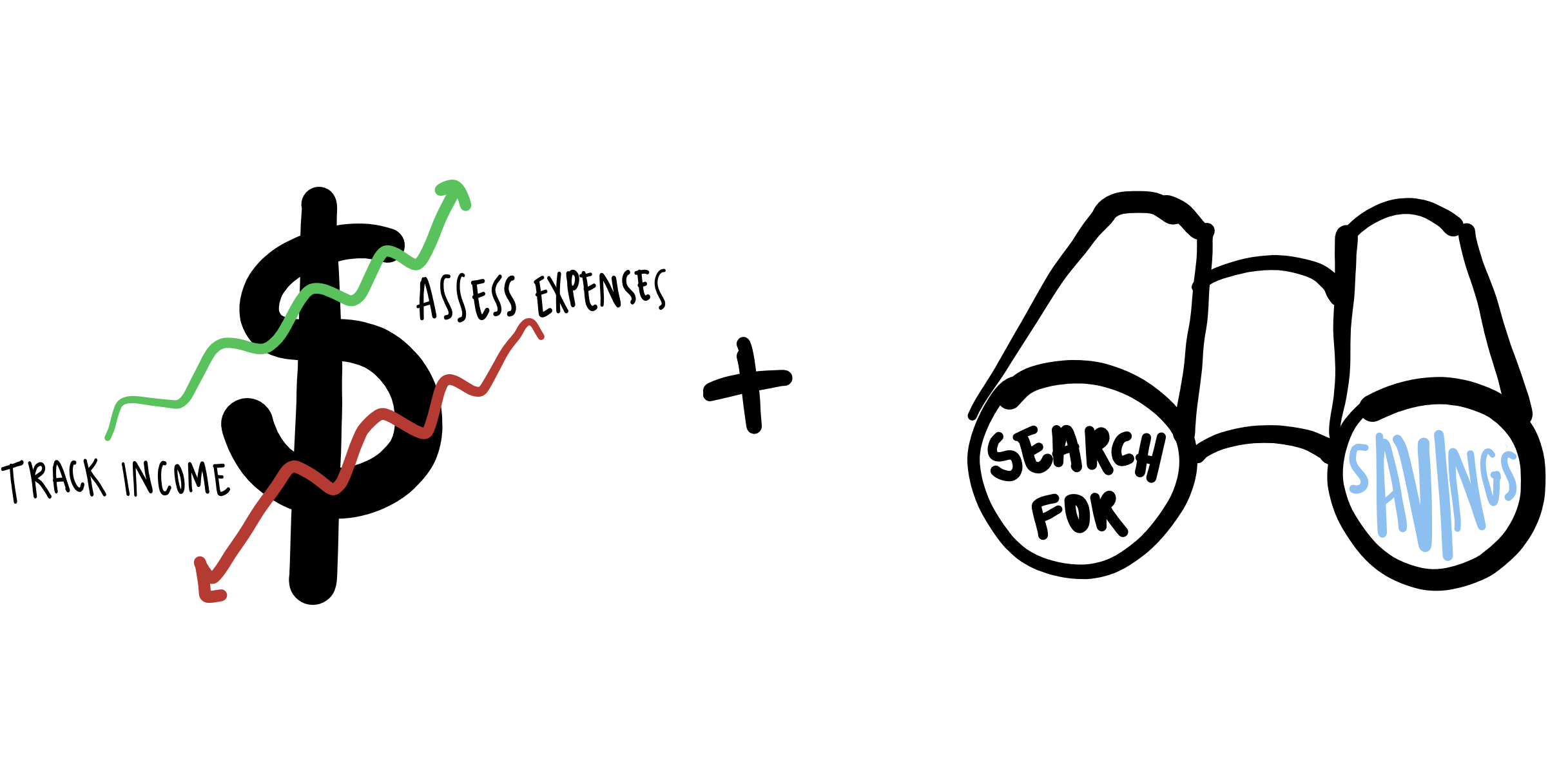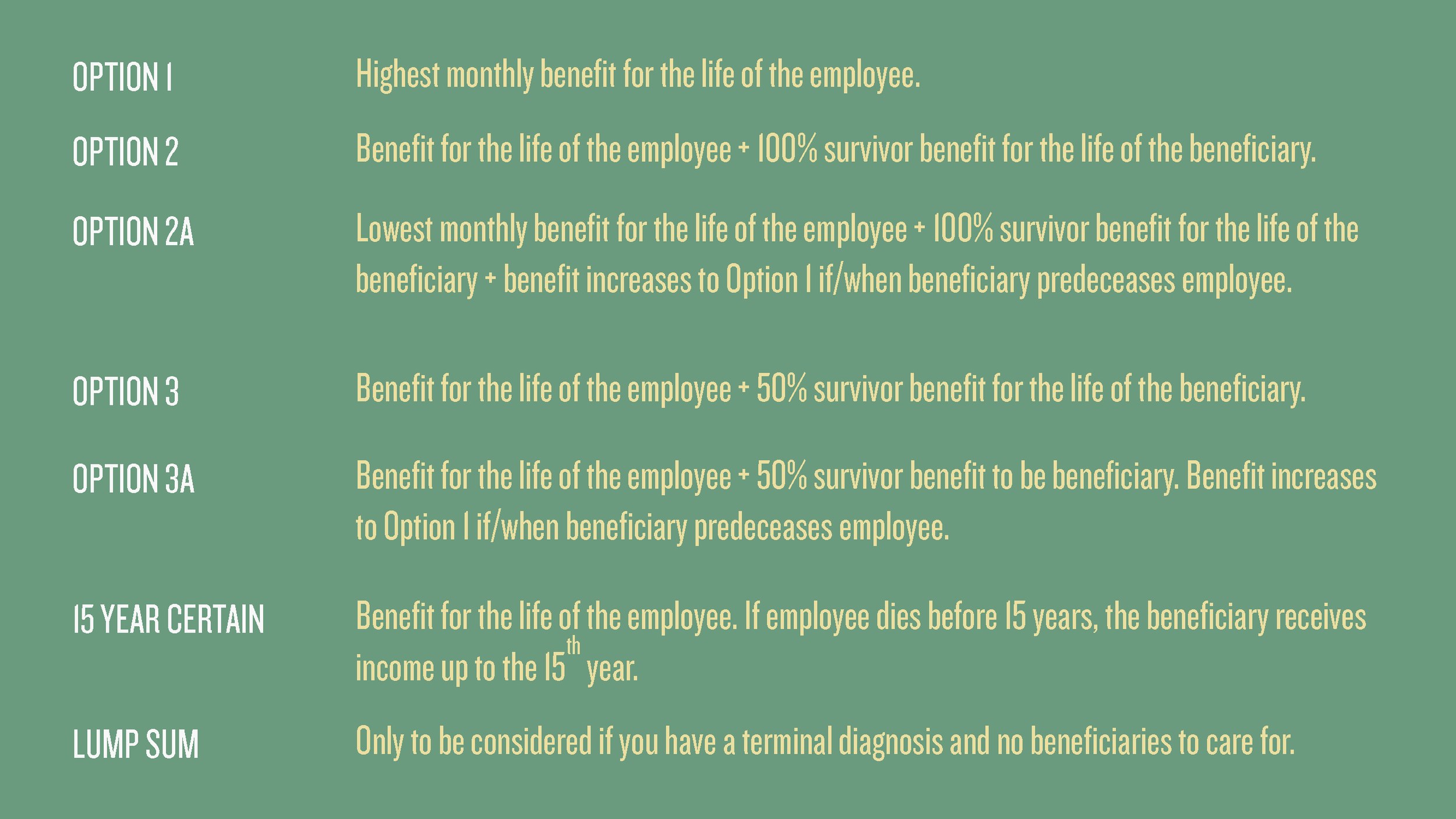Not sure what questions to ask when you meet with an advisor?
Here are six questions we commonly get asked with some advice from our team.
1. I want to support my child through college. When should I start saving?
The earlier you save, the more time your money has to grow.
The benefits of saving early are dramatic, but there's still value in starting now—even if your child is in high school. The dollars you save will not have as much time to grow, but they are dollars you will not be borrowing. You’ll also be in a better situation if you choose an account that gives you tax benefits, such as immediate tax deductions or tax-free withdrawals.
Still not sure if saving for college is right for you? Check out this article by Peter Fisher, co-founder and managing partner of Human Investing.
2. Should I spend my cash paying off high interest loans, or invest it?
Historically, the average rate of return for stock market investments is approximately 10%, while on average, the APR on credit cards has been hovering just above 20%. So, if you are investing when you have credit card debt, you are likely paying a higher interest rate on your debt than you are earning via your investments. Unless you have a huge amount in investments, you end up losing money overall.
3. When do I start saving for retirement?
Again, start saving as early as possible to give your money maximum time to grow. Depending on your employer, you may already have some form of retirement benefits accruing. There are various ways of saving for retirement, including employer sponsored plans like 401(k) and 457b plans, or personal retirement savings like Roth and Traditional IRA’s. A mix of the two is the best way to ensure ample savings for retirement, but deciding which is best for you requires some analysis of your current and expected employment and income status.
4. Is my investment portfolio right for me?
As you age and get closer to retirement, you want to make sure the risk level of your investment portfolio is balanced to match your growth and maintenance needs. While having all of your investments allocated in the stock market may result in a high return on investment, it can also result in high losses. This can be catastrophic for a person planning on retiring soon. On the other hand, if a young person has a few decades before they are planning to retire, but they are only investing their money in bonds, they are losing out on the potential growth of higher risk investment options.
Investment in both bonds and stocks allows for a mix of potential income and growth, and the best fitting ratio is different for everyone. Reach out to us to speak with our retirement planning team to discuss your current allocations. We care here to help better prepare you for a comfortable retirement.
5. What should my emergency savings look like?
The most common numbers suggested for an emergency fund is 3-6 months’ worth of your current living expenses. These include expenses such as housing, food, healthcare, debts, and so on. You do not need to include things like entertainment, nonessential shopping, or vacation expenses. If you are, you have too much going into your emergency savings fund that could be invested elsewhere. Below is a chart showing example savings amounts and how they compound over the course of two years.
6. When should I begin utilizing expert tax services?
You may be at a point where using your preferred e-file service to do your taxes is still getting the job done just fine, but at what point do they get too complicated for you to be doing them on your own? Once you begin to deal with things like property taxes, retirement plans, and investments, it may be best to have an expert handle the numbers for you.
Luke Schultz, the Director of Tax at Human Investing, has over 12 years of experience in the areas of tax compliance and planning. With a heavy focus on planning, he spends much of his time working closely with individuals, putting emphasis on proactive planning to help clients make the best decisions for them and their families.
Want to get started?
Schedule an appointment with an advisor here or feel free to call us at 503-905-3108.
Sources:
Vanguard, When should you start saving for college?
The Balance, Rule of Thumb: Should I Pay Off Debt or Invest?
Money Under 30, Should You Pay Off Student Loans Early?


























